01
Mercury Facts!
Mercury is the closest planet to the Sun and is also the smallest of the eight
planets in our solar system. For every 2 orbits of the Sun, which takes around 88 Earth days, Mercury
completes three rotations of its axis. It is gravitationally locked and this rotation is unique to the solar
system.
02
Venus Facts!
Venus is the second planet from the Sun. It is named after the Roman goddess of
love and beauty. As the brightest natural object in Earth's night sky after the Moon, Venus can cast shadows
and can be, on rare occasions, visible to the naked eye in broad daylight.
03
Earth Facts!
Earth is the third planet from the Sun and the only astronomical object known to
harbor and support life. About 29.2% of Earth's surface is land consisting of continents and islands. The
remaining 70.8% is covered with water, mostly by oceans, seas, gulfs, and other salt-water bodies, but also by
lakes, rivers, and other freshwater, which together constitute the hydrosphere.
04
Mars Facts!
Mars is the fourth planet from the Sun and the second-smallest planet in the Solar
System, being larger than only Mercury. In English, Mars carries the name of the Roman god of war and is often
referred to as the "Red Planet". The days and seasons are comparable to those of Earth, because the rotational
period as well as the tilt of the rotational axis relative to the ecliptic plane are similar.
05
Jupiter Facts!
Jupiter is the fifth planet from the Sun and the largest in the Solar System. It
is a gas giant with a mass more than two and a half times that of all the other planets in the Solar System
combined, but slightly less than one-thousandth the mass of the Sun. Jupiter is primarily composed of
hydrogen, but helium comprises one quarter of its mass and one tenth of its volume.
06
Saturn Facts!
Saturn is the sixth planet from the Sun and the second-largest in the Solar
System, after Jupiter. It is a gas giant with an average radius of about nine and a half times that of Earth.
It only has one-eighth the average density of Earth; however, with its larger volume, Saturn is over 95 times
more massive
07
Uranus Facts!
Uranus is the seventh planet from the Sun. Its name is a reference to the Greek
god of the sky, Uranus, who, according to Greek mythology, was the great-grandfather of Ares (Mars),
grandfather of Zeus (Jupiter) and father of Cronus (Saturn). Like the other giant planets, Uranus has a ring
system, a magnetosphere, and numerous moons.
08
Neptune Facts!
Neptune is the eighth and farthest known Solar planet from the Sun. In the Solar
System, it is the fourth-largest planet by diameter, the third-most-massive planet, and the densest giant
planet. It is 17 times the mass of Earth, slightly more massive than its near-twin Uranus. Neptune is not
visible to the unaided eye and is the only planet in the Solar System found by mathematical prediction rather
than by empirical observation.






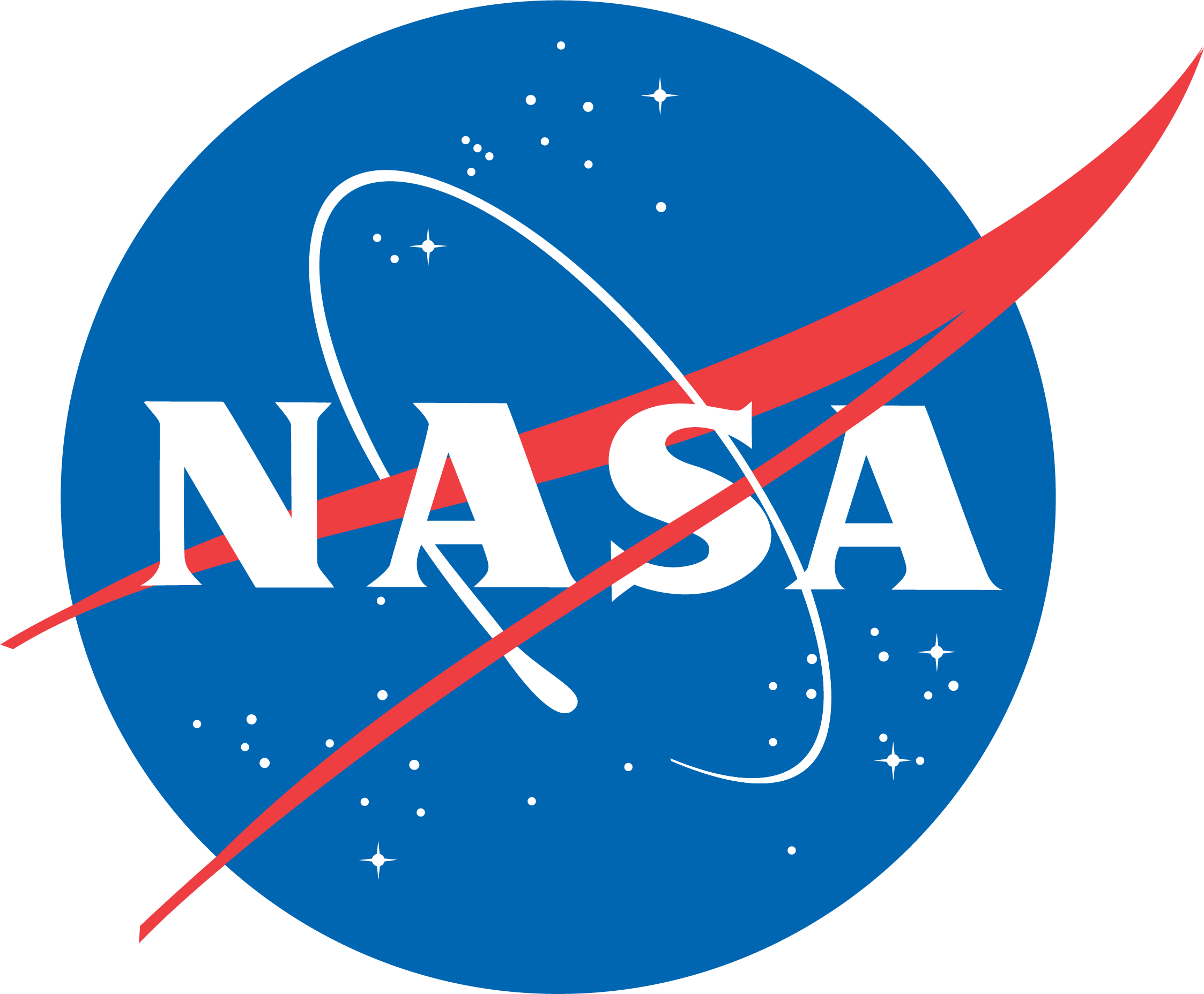

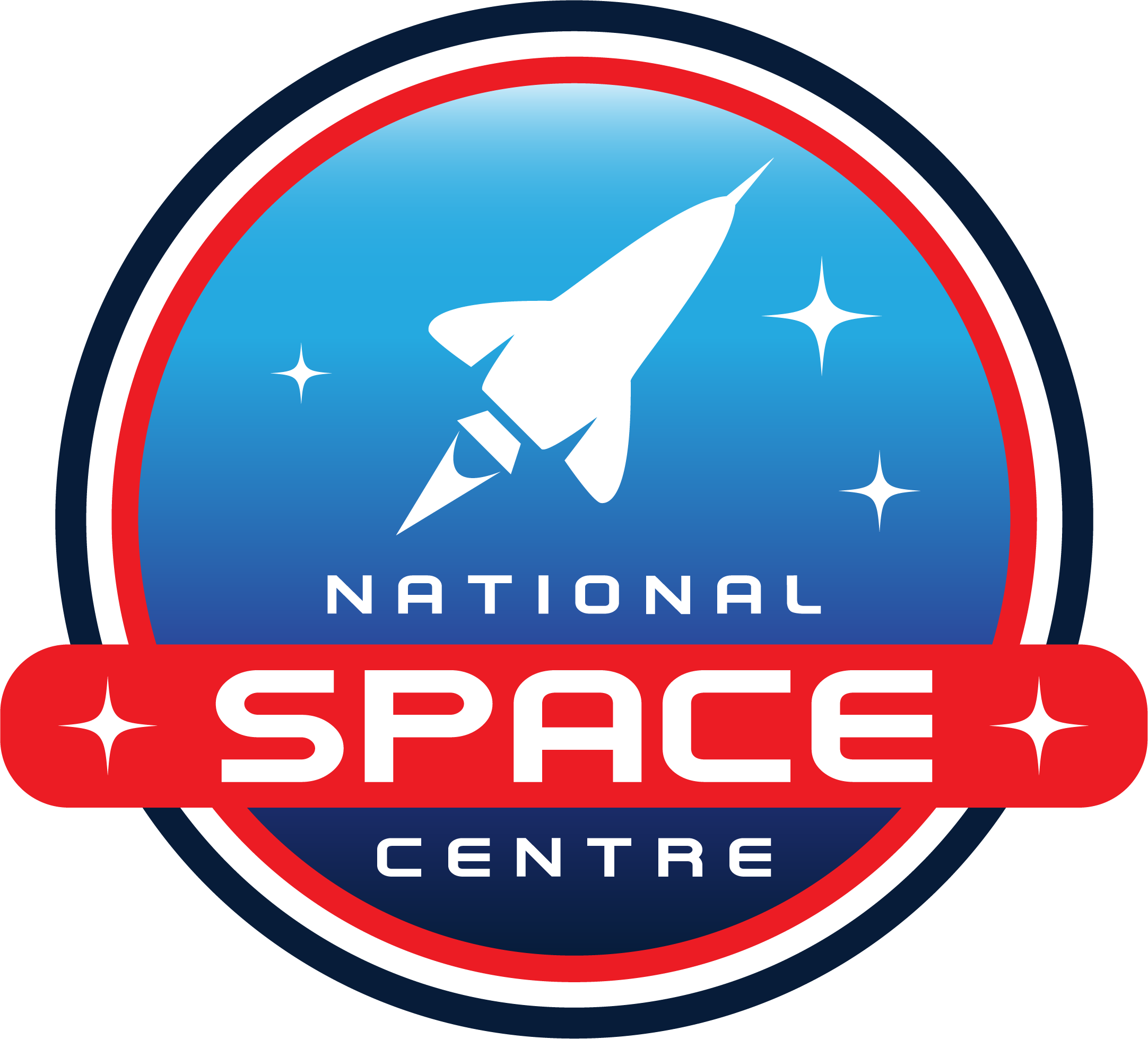



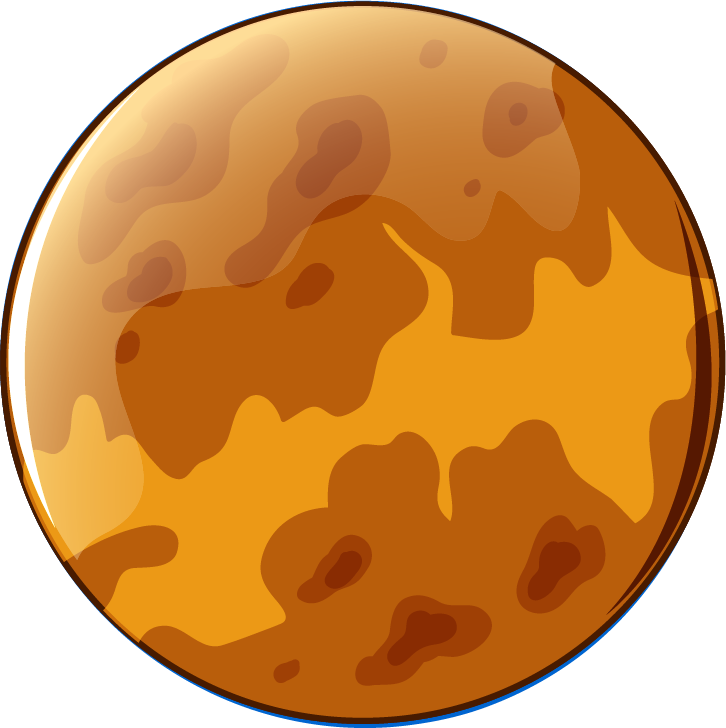



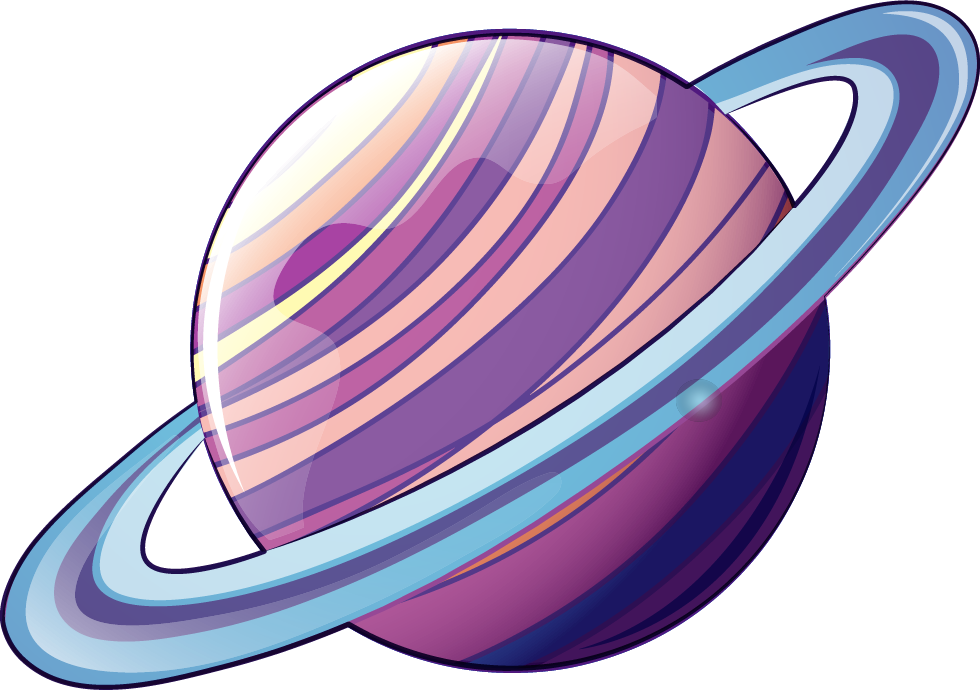
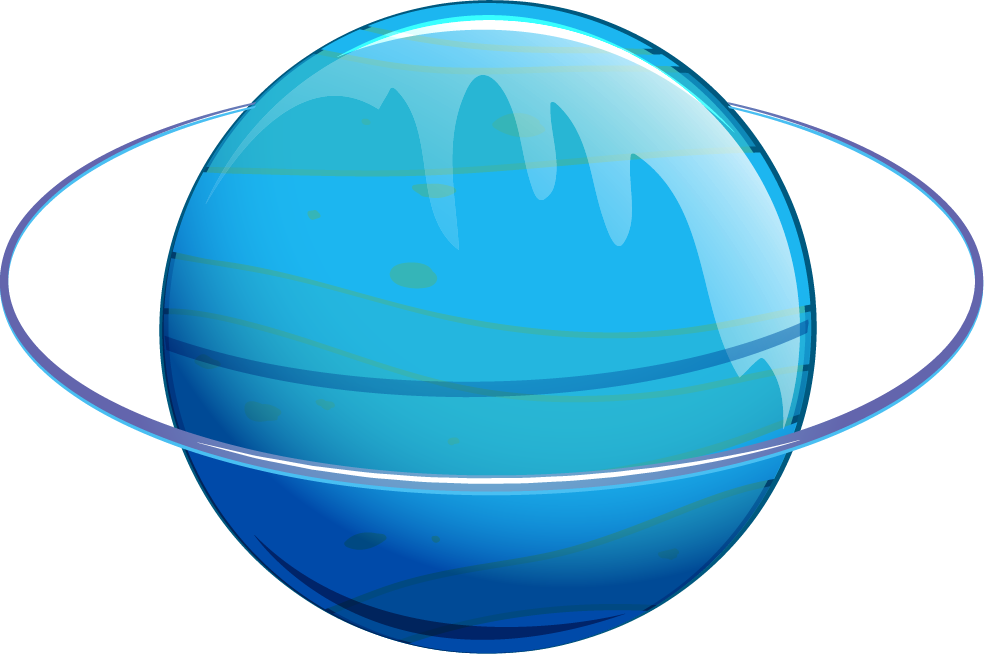
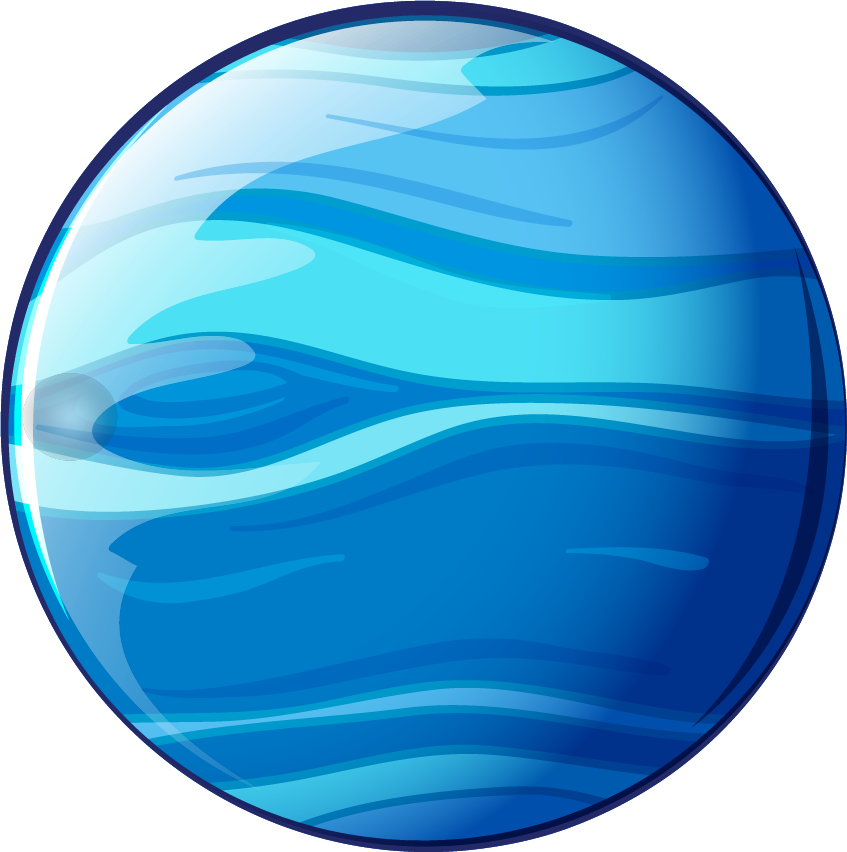
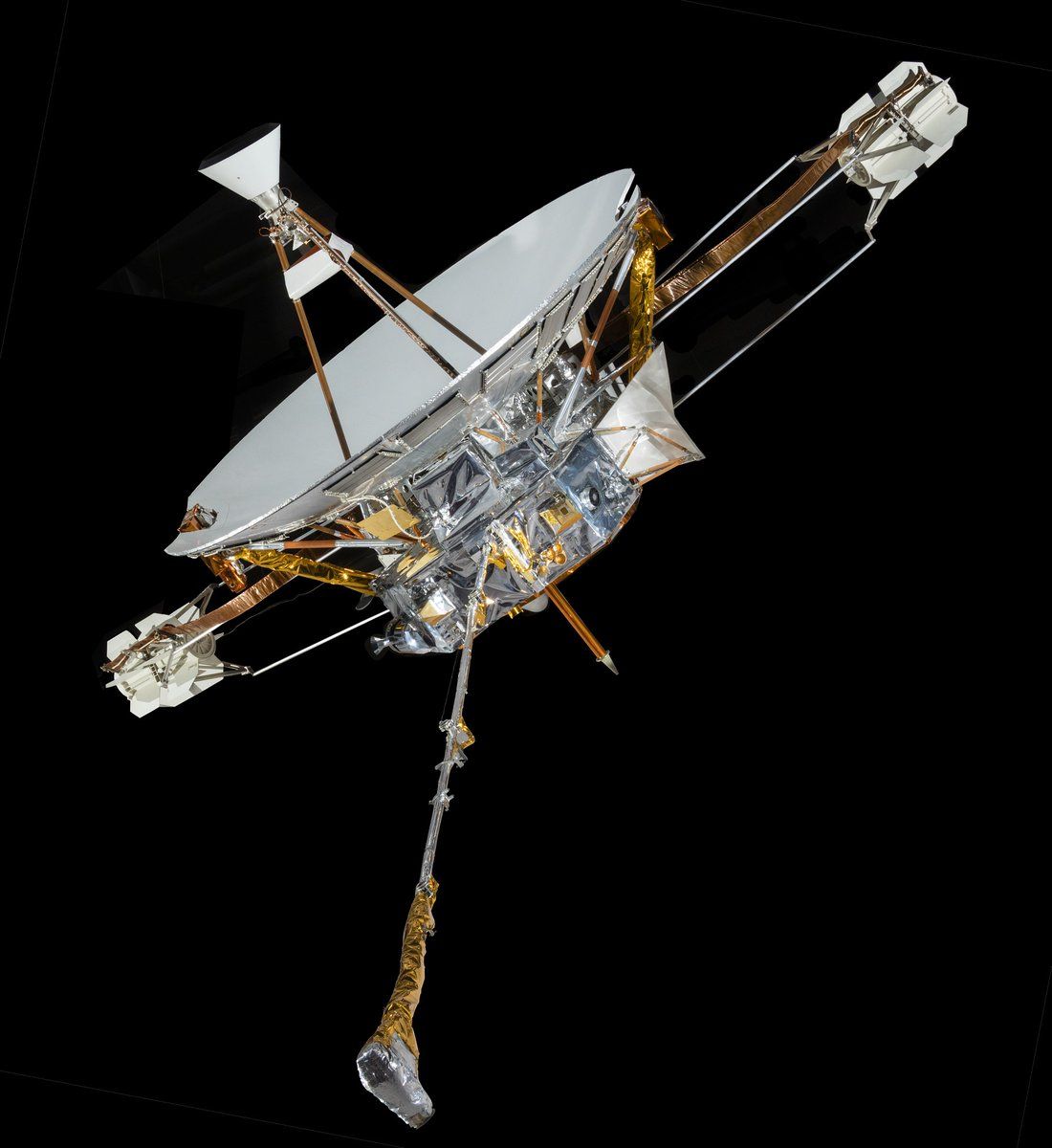






.jpg)
.jpg)
.jpg)
.jpg)
.jpg)
.jpg)
.jpg)
.jpg)
.jpg)
.jpg)
.jpg)
.jpg)